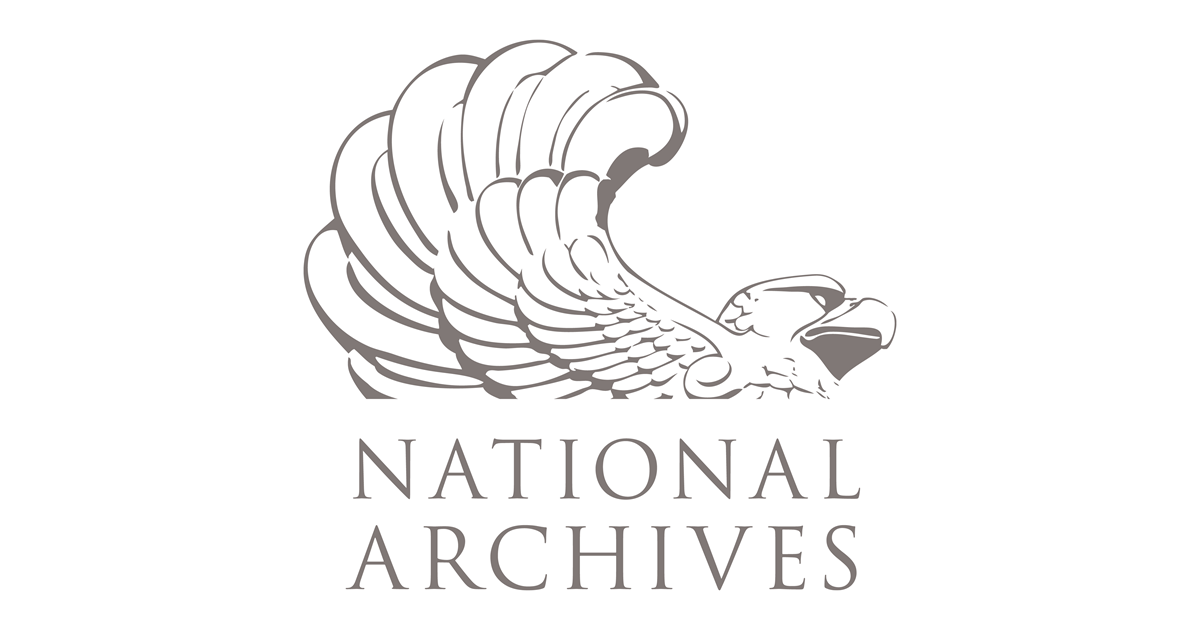B. Scientific Acoustical Evidence Establishes a High Probability That Two Gunmen Fired at President John F. Kennedy; Other Scientific Evidence does not Preclude the Possibility of Two Gunmen Firing at the President; Scientific Evidence Negates Some Specific Conspiracy Allegations Go to the...

www.archives.gov
(a) Warren Commission analysis of a tape
The Warren Commission had also employed scientific analysis in its investigation and had recognized that acoustics might be used to resolve some questions about the shots fired at the President. It had obtained a tape recording, an alleged on-the-scene account of the assassination made by Sam Pate, a Dallas radio newsman, but an FBI examination of the tape "failed to indicate the presence of any sounds which could be interpreted as gunshots."
(1) The FBI also informed the Commission that the newsman had stated that most of the tape was not recorded in Dealey Plaza at the time of the assassination, but was recorded in a studio several days later after he had been dismissed by his station, KBOX.
(2)
The Commission independently submitted the tape for analysis to Dr. Lawrence Kersta of Bell Telephone Acoustics & Speech Research Laboratory. As reported in a letter from Kersta to the Commission on July 17, 1964,
(3) spectograms (visual representations of tonal qualities in the sounds) were made of a key 8-second portion of the tape. The spectograms indicated there were six nonvoiced noises-- one nonvoiced "spike" (a scientific term for a graphic display of a noise) followed by three other nonvoiced spikes of different acoustical characteristics occurring .86 seconds, 1.035 seconds and 1.385 seconds after the first. These, in turn, were followed by two events apparently caused by sound and believed to have been related to the previous ones.
Page 66
Dr. Kersta did not indicate in his letter that he had found shots, and the results of his tests were not mentioned in the Warren Report.
The committee was unable to locate the Kersta spectographs in the National Archives until late 1978 (they had been misfiled), but it did obtain the tape recording made on November 22, 1963, by KBOX reporter Sam Pate. On May 11, 1978, the committee submitted the tape to an acoustical consultant for analysis, with these results:
(4)
 As i just proved,compared to all the asswipe warmonger mass murdering presidents we have had sense carter trump the exception,,he was pretty good.
As i just proved,compared to all the asswipe warmonger mass murdering presidents we have had sense carter trump the exception,,he was pretty good. 

